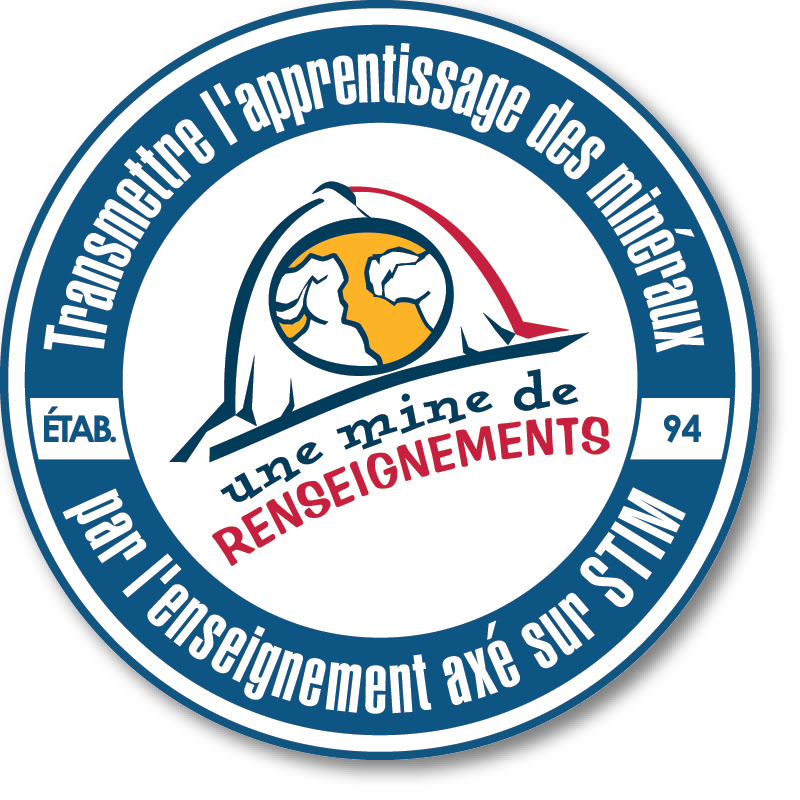Fossilize!
Credits
(Adapted from: Earthlearningidea)
Background
Earth is an ancient planet. Life first appeared on Earth 3.8 billion years ago and multicellular life evolved over a billion years later. Evidence of life appears in the rock record as fossils. The chances of an organism becoming fossilized are extremely small. Certain factors make fossilization more likely, such as animals living in a low energy marine environment where fine sediment was deposited, or being overcome by a catastrophic event (e.g., mudslide or burial in volcanic ash). The chances of a fossil being preserved for people to later find and collect are even smaller. Natural processes like weathering and erosion and human activity can destroy fossils.
Objectives
Play a game to learn about fossils, recognize some common ones, and understand the special conditions that must exist for fossilization to occur and for fossils to survive. Learn that there are reasons why organisms are not fossilized and that even if they are, they may not survive.
Materials
- Game Board and Fossil Cards
- Game markers or counters (i.e., bingo chips)
- A set of dice
Instructions
- Before playing the game ask your family what they know about fossils. Tell them that a fossil is any preserved evidence of life, animal or plant, that is more than 10,000 years old. A fossil may be the remains of an organism itself, like a shell, or it may be evidence of an organism, like a footprint or a burrow.
- Print and cut out the Fossil Cards (the photographs of common fossils, below). Share the photos with your family so that everyone becomes familiar with the shapes and names of the fossils that appear on the game board.
- Ask each player to select their game piece. To determine which player “goes first”, have each player roll the dice. The player with the highest score is the winner and starts the game. Players roll the dice and move around the board, using their game markers, collecting a Fossil Card whenever they land on a space with a fossil. The first player to become “a fossil” is the winner and they receive the gold nugget card.
Discussion
When the game has concluded, discuss the following questions and answers with your family:
1. What helped the sea creature to become a fossil?
- It was living in the sea.
- It was a creature with a shell or skeleton, which did not rot away.
- It was buried under layers of sand.
- The layers of sand slowly changed to rock.
2. What helped the fossil to survive?
- Some children found the fossil and took it to school.
- A geologist found the fossil and took it to a museum.
3. What prevented the sea creature from becoming a fossil?
- It was eaten by another sea creature.
- It was a jelly fish with a soft body that rotted away.
- The sea was rough and it was washed away.
4. What destroyed the fossil?
- The rock that contained the fossil was eroded away.
- People broke up the rock that contained the fossil and made it into concrete.
- The fossil was hammered to bits by a geologist.




